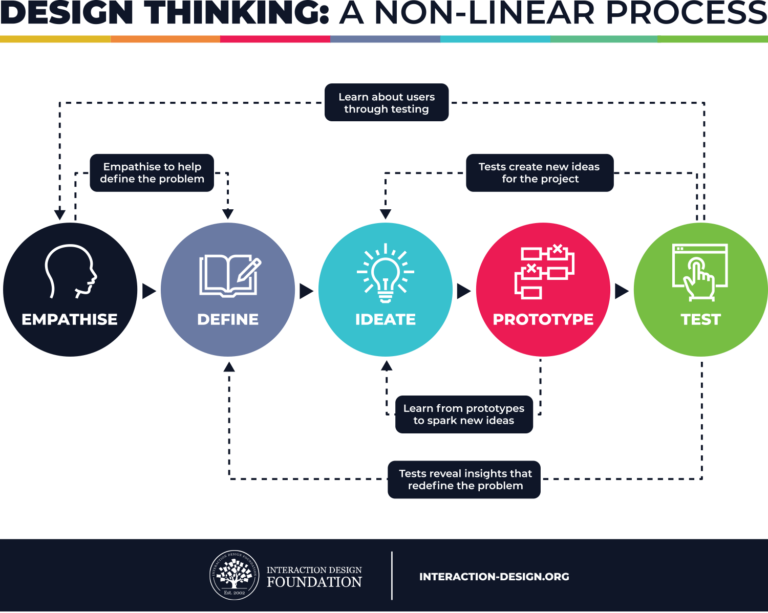Systematic Instructional Design
All
Design Models
Understanding ID Models and Processes
What is instructional design?
Where the definition can vary, instructional design (ID) is the systematic analysis, planning, implementation, review and evaluation of learning environments and content. ID can be broken down into two categories.
Macro models are focused on designing and planning an entire learning section or course.
Micro models target the design and planning of individual learning sessions.
What are the benefits?
What are the benefits of using systematic instructional design processes?
Better Learning Results
Training that uses ID offers better learning gains than that of poorly designed instruction.
Resource Management
Using ID allows for a better use of technology and other resources in learning programs.
Saves Time
Reduces the time needed to design an instructional solution.
Increase Goal Attainment
Organizations that combine business goals with training have a greater chance of achieving their goals.
Improved Quality & Consistency
Offers an empirical and replicable process and consistent instruction.
Engagement and Motivation
ID pays special attention to making the learning experience interesting, increasing learning engagement and motivation.
Design Thinking and Agile Design
According to Stanford and the IDEO, design thinking is described as a mindset that is human-centered, collaborative, optimistic, and experimental. To understand how design thinking is different let’s take a look at other design models:
- ADDIE design, proceeds in a slow, methodical manner, spending time stepwise on each phase.
- Agile design proceeds iteratively, starting with low fidelity designs, undergoing rapid prototyping for stakeholder feedback early and often.
- Human-centered design prioritizes understanding the experiences of the stakeholder, sometimes even co-designing with them.
- Waterfall design proceeds in a linear, staircase pattern, when the problem as known and unchanging from beginning to end.

In my personal experience, design thinking is a practice that combines elements from each model into 5 steps.
These steps allow the freedom to get started with loosely defined requirements, quick design and feedback to catch issues early on and puts the main focus on the learner.

